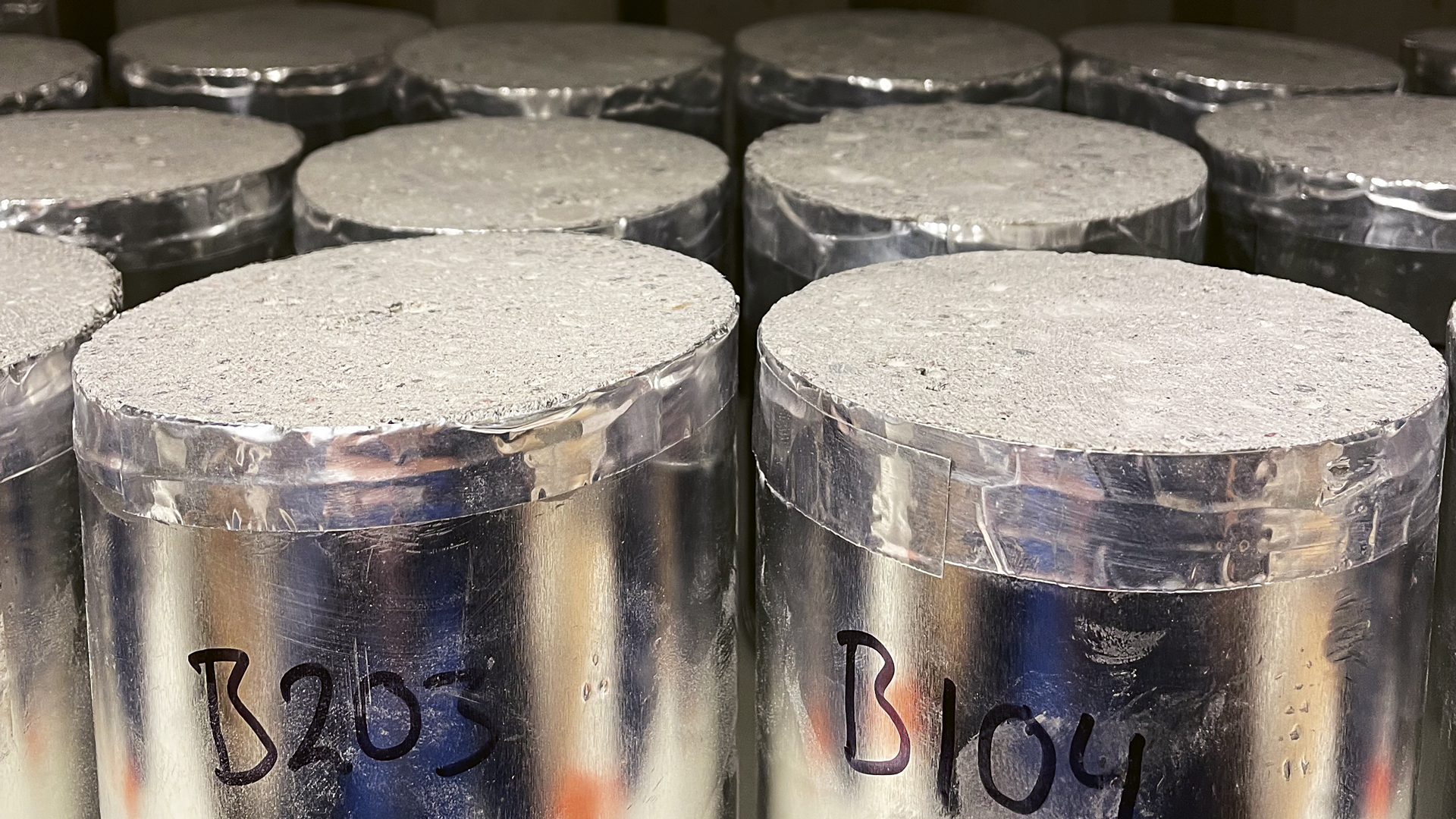Sivusto käyttää evästeitä käyttökokemuksen parantamiseksi. Keräämme myös anonyymiä tietoa sivuston käytöstä, jotta voimme tarjota sinulle kiinnostavaa sisältöä. Voit kuitenkin estää tietojen keräämisen Kävijämittaus ja analytiikka -painikkeesta.
In English | ISSUE 3/2023

Increasing use of blast furnace slag concretes creates a need to be more aware of their properties. Aaro Happonen investigated drying of six different concretes containing blast furnace slag in his master’s thesis: “Drying of low-carbon concrete”. In the research relative humidity measurements were conducted in a period of 180 days for one-sided drying samples, sealed samples and samples that were wetted for a 30-day period starting 60 days after cast. Moisture transport properties of concretes were estimated using mass change measurements and computational methods.
Based on results of research, drying mechanisms of slag concretes seem to differ from ordinary concretes. Slag concretes dried faster due to chemical reaction than ordinary concretes. Moisture transport properties of slag concretes were measured to be significantly lower than those of ordinary concretes. Slag concretes with low water to binder ratio seem to suit well to structures that require fast drying. On the other hand, drying properties of high w/b slag concretes seem to be limited. Moisture control of worksites is increasingly important with slag concrete casts as delays for drying are even longer than with ordinary concretes.

Sivusto käyttää evästeitä käyttökokemuksen parantamiseksi. Keräämme myös anonyymiä tietoa sivuston käytöstä, jotta voimme tarjota sinulle kiinnostavaa sisältöä. Voit kuitenkin estää tietojen keräämisen Kävijämittaus ja analytiikka -painikkeesta.
Toiminnalliset evästeet ovat verkkosivuston toimivuuden ja kehityksen kannalta tarpeellisia. Toiminnalliset evästeet eivät tallenna tietoja, joista sinut voitaisiin välittömästi tunnistaa.
If you disable this cookie, we will not be able to save your preferences. This means that every time you visit this website you will need to enable or disable cookies again.
Please enable Strictly Necessary Cookies first so that we can save your preferences!